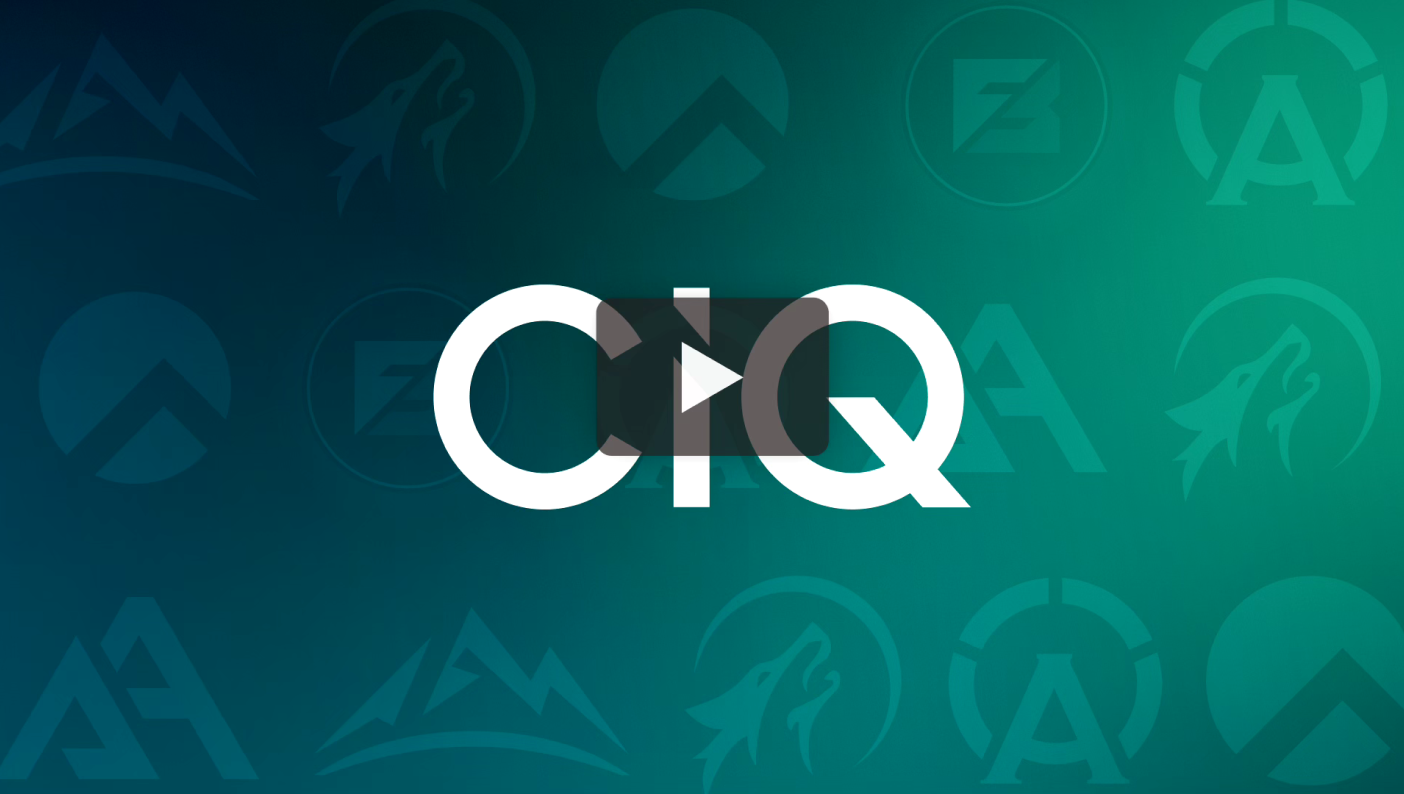Webinar
CIQ's live chat with the ProTech Show! Part 8

Watch the entire video on ProTech Show's channel here: https://youtu.be/nDgL0xi1nXY
Speakers:
Note: This transcript was created using speech recognition software. While it has been reviewed by human transcribers, it may contain errors.
Full Webinar Transcript:
Andrew Quinn:
What do you do with things such as bugs? As you support all these Rocky installations there will come a time where you come across an issue and realize it’s not a Rocky bug. You will realize it is a Red Hat bug. If we fix the Red Hat bug it will break compatibility with Red Hat. I was wondering if CentOS Stream gave you guys an opportunity to shorten that feedback loop. CentOS Stream is all about getting things upstream quicker. If you find an issue I can see how to fix it, but I cannot put it into Rocky source code without breaking that compatibility. Does Stream give you the opportunity to get that further upstream so that you can then get it back down again into Rocky and into the hands of your customers?
Gregory Kurtzer:
I know I've been talking a lot, but I just have to jump in. Yes, yes, yes. A hundred percent. CentOS used to be behind Red Hat. Red Hat was developed confidentially so we did not have insight into what is going into Red Hat. The only exception was Fedora. CentOS was at the end of life, CentOS Stream was pushed in front of Red Hat, which means Red Hat Enterprise Linux is now a child of CentOS Stream. From that perspective it is a very weird shift because it used to be a child of REL and now all of a sudden its child is its parent.
Andrew Quinn:
Using a different name would have caused less confusion.
Gregory Kurtzer:
I completely agree. I have spoken to many members of the Red Hat community and they feel differently. I agree that it would have been better and more valuable to use a different name. CentOS Stream is an incredibly valuable and positive direction because it is in front of Red Hat Enterprise Linux. Red Hat Enterprise Linux and us are downstream children of CentOS Stream.As of right now, Red Hat is the dominant player in putting patches and fixes into CentOS Stream. In the future we hope that this will change into an enterprise Linux standard. The repository location needs to become more community focused and oriented. This way, when we find bugs, we can commit them or do a merge request into CentOS Stream.
The pivot towards the Enterprise Linux Standard is very tremendous and valuable. For example, if you could imagine that this is like a card game. Over the last 16 years, including last year we have had the same hand. This year we were just dealt a brand new hand that is better than where everyone was at last year. Everything is landing in a better spot. The dominant and compatible alternatives to Red Hat Enterprise Linux are no longer maintained by them. They are maintained outside of Red Hat. This way Red Hat Enterprise Linux are no longer managing a conflict of interest situation where they were giving away something that competed with their product.
I still want them to make money on their commercial product, but not at the expense of the free product. If you have a free product and a commercial product in one company, it creates a conflict of interest.
Going back to the question from Mystic Knight. I hope that we will be pushing patches into that git. My goal and hope is that this would trigger discussions in Red Hat, Oracle, Alma, and our community. This Enterprise Linux Standard will increase in prevalence. It will help people leverage it and I hope it will increase the amount of utilization beyond 25% of all enterprise resources. Perhaps we can move up to 50%.
Andrew Quinn:
That will be great with all of these different groups working together via one point of communication. It's weird to think about Oracle and Red Hat working together, but this is a very positive development. It is also nice to hear someone say positive things about CentOS Stream.
Built for Scale. Chosen by the World’s Best.
1.4M+
Rocky Linux instances
Being used world wide
90%
Of fortune 100 companies
Use CIQ supported technologies
250k
Avg. monthly downloads
Rocky Linux